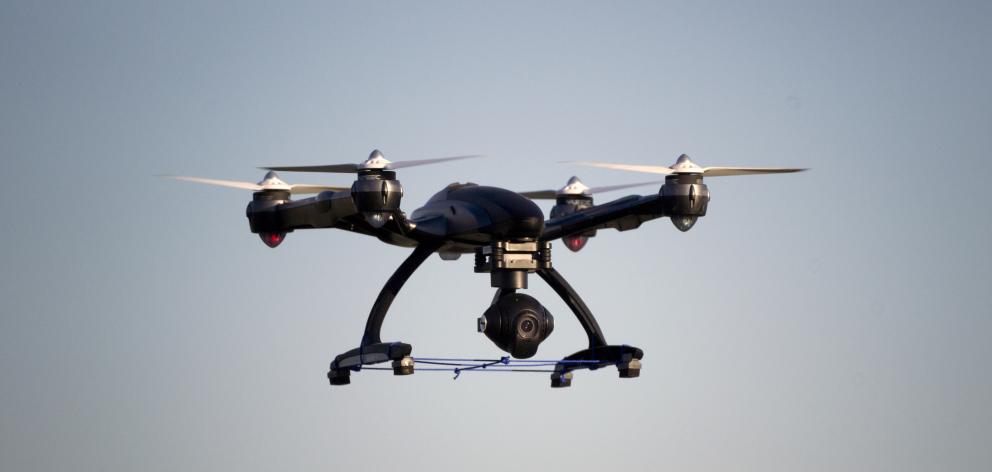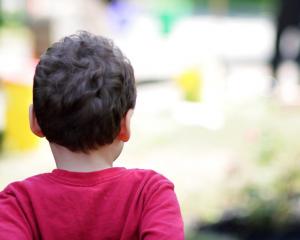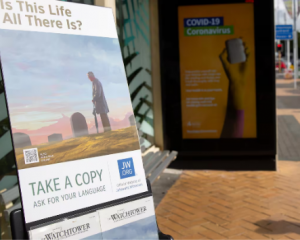
Air Line Pilots’ Association technical officer David Reynolds said the lack of compulsory registration in this country was exposing air traffic here to unnecessary risk.
''Events in aviation are extremely rare but when they happen the consequences are severe At the moment the odds are being stacked against us in terms of a mid-air collision with a device,'' he said.
On Tuesday, air space around Auckland Airport was closed for 30 minutes after a drone was spotted by a regional aircraft on a flight path near Whitford.
An Air New Zealand flight from Japan had to divert to Ohakea because of the sighting which was reported to police by air traffic controllers.
Reynolds, an accredited air crash investigator, said New Zealand was a testing ground for drone technology but did not have sufficient regulation to cover them.
His association wants drone owners operating machines of a certain size to be registered.
“While those with sophisticated, commercial drones had good controls and were more likely to be operated by registered owners, the smaller ones could be more of a risk.
“The ones carrying out flights in non-controlled airspace, the police and rescue helicopters are very vulnerable.''
While it was unlikely a small drone could do damage sufficient to bring down a large airliner, single-engine planes were especially at risk from damage following a mid-air collision.
Pilots of larger aircraft could also be distracted during critical phases of flight, take-off and landing. The batteries of a drone were more solid than birds, another big threat to aircraft.
''The chances are it wouldn’t critically damage an aircraft but it could cause a knock-on affect with something else. In aviation it’s normally not one thing,'' Reynolds said.
He said the last government, and the present one wanted New Zealand to be seen as a leader, not a follower in drones development.
Registered users would automatically get up-to-date information on drone safety and rules through the airshare website.
Advertising campaigns such as those targeting drink drivers should also be considered, Reynolds said. Visitors should also be warned when they arrive at New Zealand airports, in much the same way as they are about bringing in food.
In Europe and the United States rules were tightening. In this country Airways has just begun a trial over a 600ha area in Christchurch in partnership with global airspace management provider AirMap to develop a free app for operators.
Drone users can use the app to seek necessary airspace and public landowner approvals to fly, file flight plans, and access real-time information about other aircraft in the area, allowing them to stay safely separated.
Drone flights were increasing exponentially in New Zealand, with the number of flights recorded by Airways increasing from 30 to 600 per week over the past three years.
Airways chief executive Graeme Sumner, speaking before this week’s incident, encouraged operators to register through airshare.
''We’ve had some extreme cases in other cities where they have banned drones. I don’t think that’s the way to go - these new technologies are going to come in and you’re got to find ways of controlling and managing them.''












